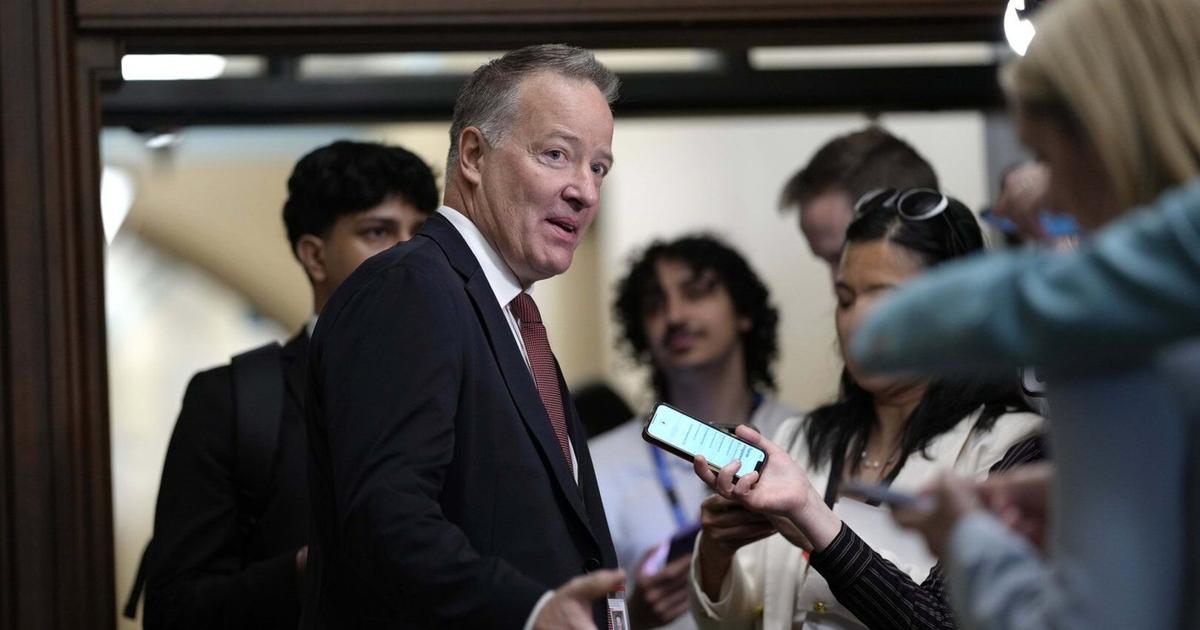Something different is increasingly brewing at bars across the country. The beer pours the same, smells the same and even tastes the same.
But there’s one thing missing: the hangover.
Demand for alcohol-free beverages has been growing for some time as Canadians increasingly shy away from drinking. And longtime brewers want a piece of the action.
“It’s the growth of the category that opens the door for us to bring more of our iconic brands over into non-alcohol,” said Doug Port, vice-president of ready-to-drink and non-alcoholic beverages at Labatt Brewing Co. Ltd.
At a small pub inside Labatt’s downtown Toronto headquarters, Port sat by the wide-countered bar featuring two of its best-known beers — Budweiser and Labatt 50 — on tap. He has been spearheading innovation in ready-to-drink cocktails and non-alcoholic beverages at the company’s brewery in London, Ont.
The company debuted the non-alcoholic version of Michelob Ultra on Thursday, expanding its existing array of booze-free beverages in Canada. It’s the latest of the brewer’s non-alcoholic offering as it hopes to capitalize on shifting consumer tastes.
Non-alcoholic beverages have seen double-digit growth in Canada over the years, according to a 2024 report by marketing agency NIQ. And non-alcoholic beers dominate that share, accounting for 76 per cent of total non-alcoholic beverages sold.
While growth for non-alcoholic drinks is still in the early stages, Port said it now represents about four per cent of Labatt’s beer category by volume.
He thinks there’s much more room to grow.
“We know that in markets like Europe, non-alcoholic beer represents 10 per cent of the beer industry,” he said. “We can more than double the size of the category here in Canada, which opens the door for us to bring more choices to Canadians.”
Sales of beer dropped 4.5 per cent between 2023 and 2024, Statistics Canada data shows. It’s the eighth consecutive and largest sales volume decline since the agency started tracking alcohol sales in 1949.
“Simply put, consumers are looking to drink less,” said Candace Baldassarre, senior research analyst at Mintel.
“That therefore means that these breweries are facing competition from other non-alcoholic brands, so they need to pivot and innovate if they want to still remain competitive,” she said.
Large breweries have an advantage though: they already have a strong customer base.
Baldassarre said consumers are likely to pick a non-alcoholic version from the brewer they’ve loved for years because they know the taste.
“It has to be quality, because consumers aren’t just looking for any non-alcoholic beer,” she said. “They want something that tastes and feels as comparable as possible.”
At Labatt, it takes months to match the flavour profile of the original beer.
On average, Port said a beer launch like Michelob Ultra Zero takes roughly 18 months to ensure the taste sits right with customers.
Generally, a non-alcoholic beer starts the same brewing and fermentation journey as its boozy counterpart, but with an extra, complex step of separating out the alcohol. Labatt uses low-temperature de-alcoholization methods, such as vacuum distillation, which removes the alcohol but preserves its flavour and aroma.
And just like any new product, it goes through several rounds of testing with focus groups and taste experts.
“The bar is high,” Port said. That’s because this isn’t a new product but an iteration of a beer with existing fans who are expecting that the brewery would deliver on the flavour and feel.
Labatt installed a $5 million rectification system to better separate alcohol from its beers at its London, Ont., brewery in 2016.
“With this technology, it’s a process in which it really ensures we match very closely that of the existing beer brand’s taste characteristics,” Port said.
Other major breweries have also realized that’s where the demand is headed. Molson Coors, for example, has a range of alcohol-free beers such as Coors Edge that aim to mimic the taste of its originals.
Labatt first ventured into the alcohol-free space in 2016 with Budweiser Prohibition Brew, then Corona Cero a few years later.
However, the brewery doesn’t necessarily see the non-alcohol category operating like other big growth categories seen over the last 10 years, such as in craft, where brewers need to launch many brands, Port said.
Zero-proof drinks are more popular among young Canadians. A 2023 Statistics Canada survey found 67 per cent of Canadians aged 18 to 22 reported not drinking any alcoholic beverages in the previous week, while an average of 53 per cent abstained in the other age groups.
Port said young Canadians are a big source of growth for the brewer’s non-alcoholic beers.
“Perhaps they’re the designated driver, they’re a group of friends on a social occasion, maybe they have a big exam the next day,” he said. “Whatever their reasons might be, it is a big pocket of growth behind the non-alcoholic beer category.”
Baldassarre agrees. She said the shift is going to continue as more health- and budget-conscious young Canadians gain more importance in the markets, she said.
“We’re really seeing a shift in how people consume and how people care about their health,” she said.
The trend picked up after the Canadian Centre on Substance Use and Addiction updated guidelines on alcohol use in 2023, saying that anything over two standard drinks a week raises the likelihood of health consequences, including cancer. Health Canada funded the research that resulted in the updated guidelines, but has not endorsed them.
Even as momentum for non-alcoholic drinks has continued, Baldassarre thinks the growth isn’t necessarily going to accelerate.
“There will be gradual increase and steady increase, but this isn’t a runaway train,” she said.
This report by The Canadian Press was first published Oct. 2, 2025.



